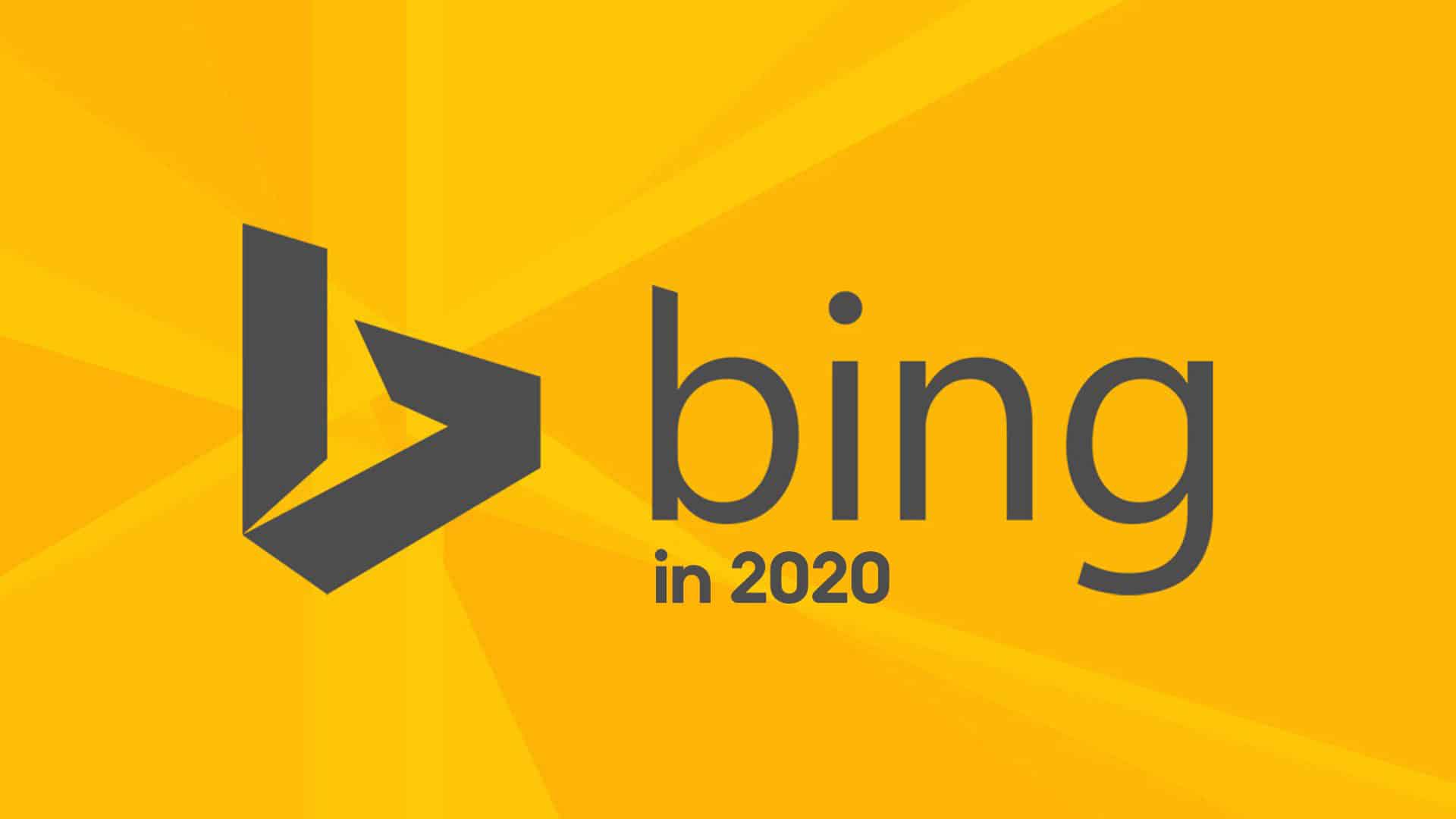If people on your website do not convert to the goal you have in mind, what do they actually do on your website? It sounds like a very simple question but is it so simple and clear? That totally depends on what insights you look at to form your answer, as well as the correct intent.
People are often on the web with a certain motivation, a so-called intention or intent. This intention largely determines the phases in which they will proceed until they proceed to conversion.
What exactly is a (search) intent?
With “search intent” I mean the motivaton for a search. It is increasingly about why something is being sought instead of what one is looking for as a thing.
In an effective content strategy, answering needs is much more central than focusing on the smaller aspect of the keyword. Even if that is where people respond to the need.
The need or correct intent is much more guiding for how to deal with conversion optimization.
Different forms of search intent
Search intentions can be roughly divided into three options:
Informational
The informational search focuses on obtaining information (or in some cases education). The user may or may not be in the exploratory or awareness phase.
“Nike Air Max Classic” or “write text yourself” are examples of an informational search. There is no spark yet that is action-oriented or directs to do it yourself.
Navigational
A navigating search is targeted. This person has already finished orienting and knows what he / she wants. The user is usually in the consideration phase.
“Nike Air Max Classic prices” or “copywriter costs” are examples of a navigating search. Often people are still taking looking into who can do what, for what price, with what delivery time etc.
Transactional
With a transactional search intention, the user is usually in the purchase / decision phase.
“Order Nike Air Max Classic” or “copywriter in Utrecht” are examples of a transactional searches. People then link the action (such as ordering, buying, booking or another promotion)
Apply content-mapping while combining the right intent
So it is good to know with which search intention a potential visitor came to your website. This is because the type of content that you want to deliver to someone with a view to content mapping must be the right one.
By that I mean in short; you want to get the right content to the right person at the right time. In most cases, you should not try to stress the conversion too much for someone who is still orientating. They are not yet ready for that (yet).
They must be in the phase with the right intention.
But please understand me correctly, that does not necessarily mean that these people should not see any opportunities for purchasing. Nuances and subtle references are absolutely possible, but you should not push it too much into the customer’s face. Because that will have an off-putting effect on the orienting customer.
But how do you gain insight into the intent of your visitors?
That is interesting because it can be done in a fair number of ways, but let’s explain a few practical ways that everyone can use.
Google Analytics
With Google Analytics you can see how people have come to life on the basis of various things. Think of the referrer, the organic or paid keyword, whether they came in via social media, via a landing page etc etc.
But certainly also consider the behavioral flows that you can see in Google Analytics.
Please note; unfortunately, Google is no longer so generous, since 2012, with the information you get to see about the organic keywords. But there is also a solution for this called Keyword-Hero ( https://keyword-hero.com/ ). With the help of this tool you will gain insight into the organic keywords that you would otherwise not see.
Tracking tools
There are a huge number of tracking tools on the web that can give you insight into what your users do on your website outside of Google Analytics.
Two prominent examples that I want to mention briefly are Hotjar ( https://www.hotjar.com/ ) and Mouseflow ( https://mouseflow.com/ ). Both are tools that provide you with recordings, heatmaps, insights into click actions, mouse-overs, funnels etc.
Logging your own search
If you use your own search, it is extremely helpful to see what people are looking for on your own search engine. It provides insight into hypes, trends, interests etc.
But also provides insight into content, and especially when doing a search that does not produce results. Because do you have to provide for it or not?
It is, however, ethical to inform your visitor of the fact that you use tracking in order to offer a better experience to the various intentions.
What to do if people do not convert?
I wish I could provide a ready-made answer to this. But that is simply not feasible, I am honest enough for that. There is no magic formula that you can apply to increase conversion on every possible platform.
That is something that you have to determine per situation, per platform. That is something I would also like to discuss with you so that I can offer a comprehensive solution that exactly meets your wishes and requirements and the correct intention of you and your visitors.
If you still want to take the first step yourself, let me give you the, in my opinion, best tip;
Taking the first steps yourself
The most important thing to keep in mind is; Because intentions vary, it is important that you keep in mind the purpose of your content for a specific page. Connect your content to the different phases that your audience goes through.
Always ask yourself the question do you want to inform, navigate or convert? Perhaps the most important thing is not to do everything on 1 and the same page. Work with specific pages focused on the right intent!



